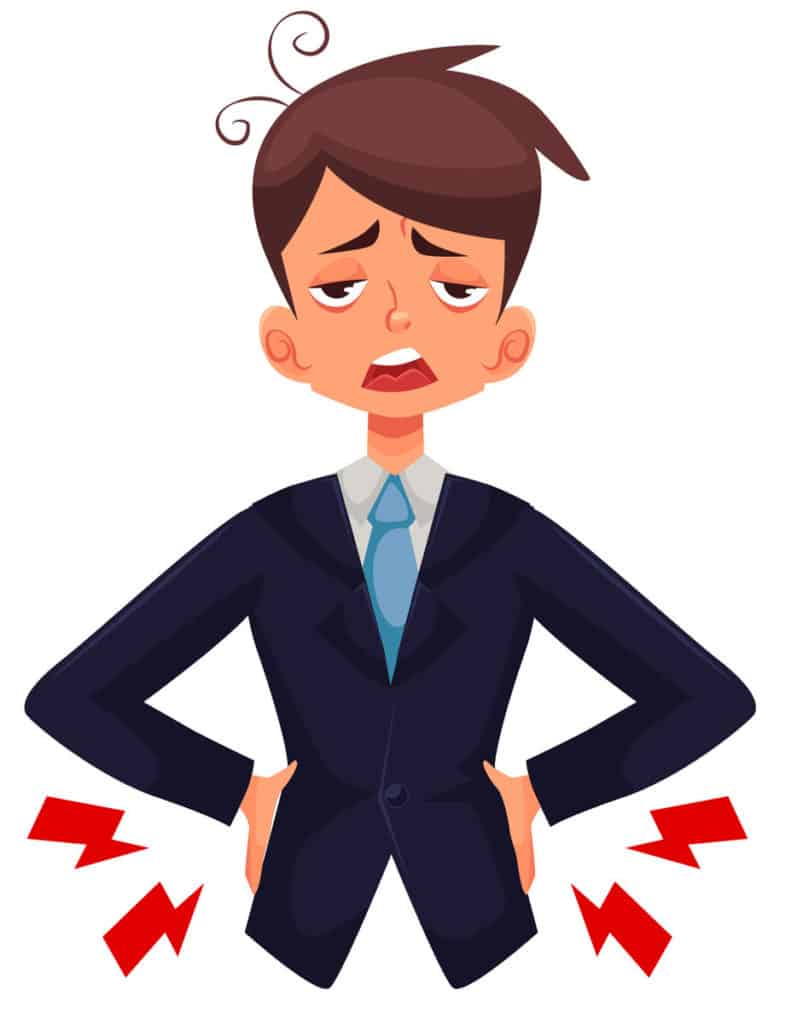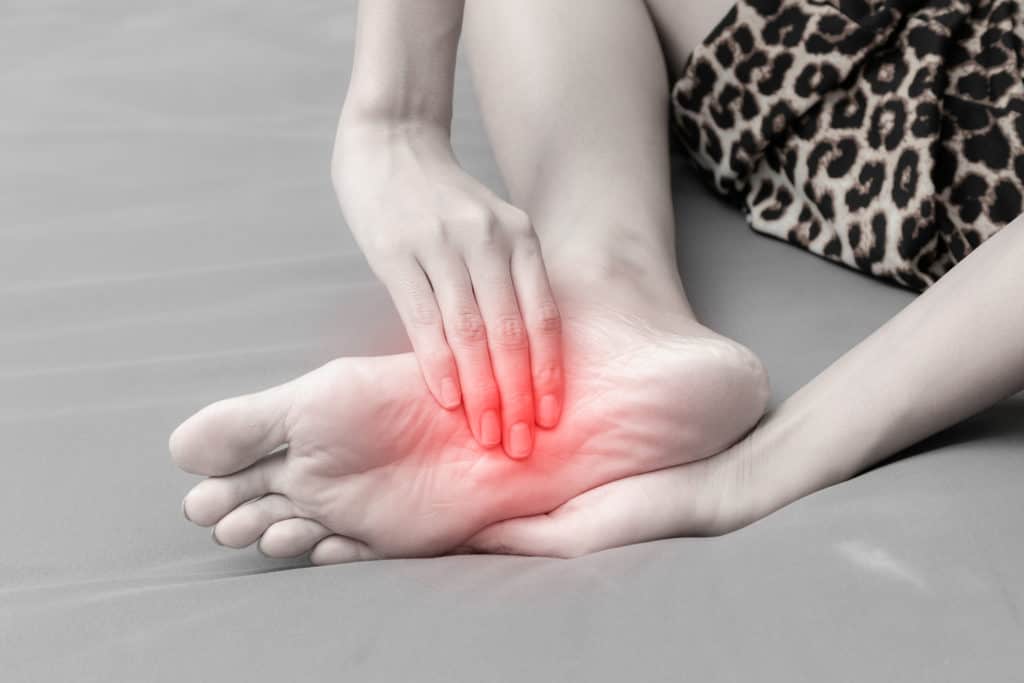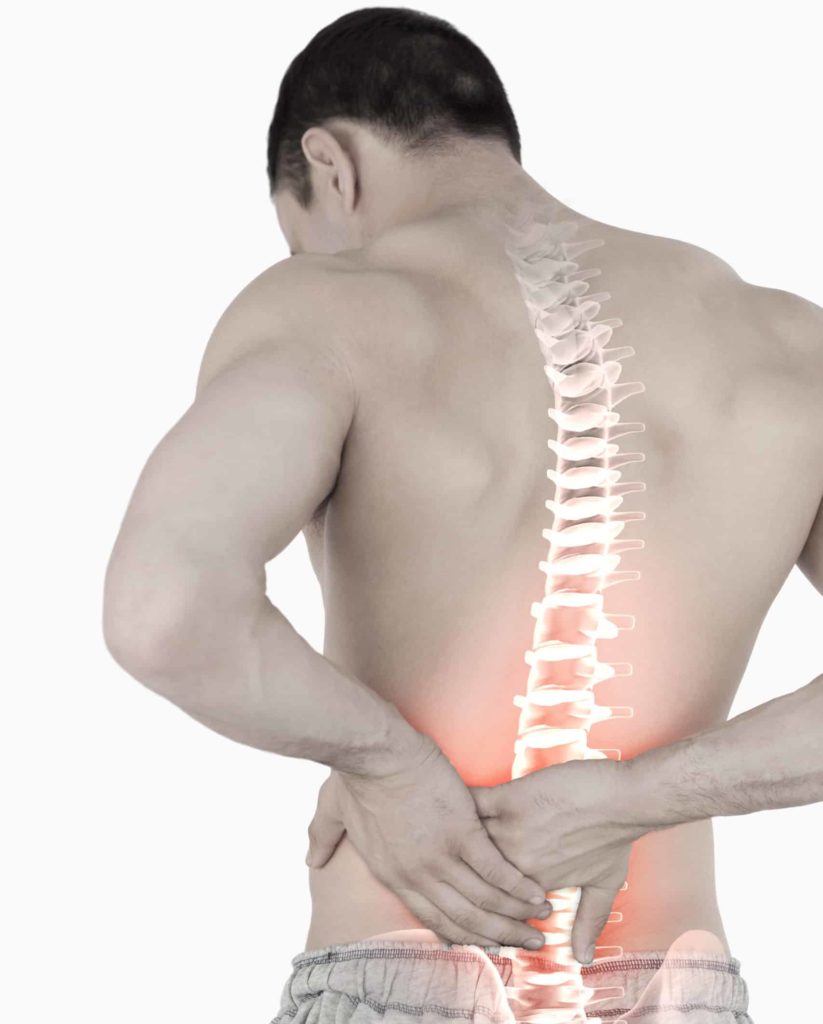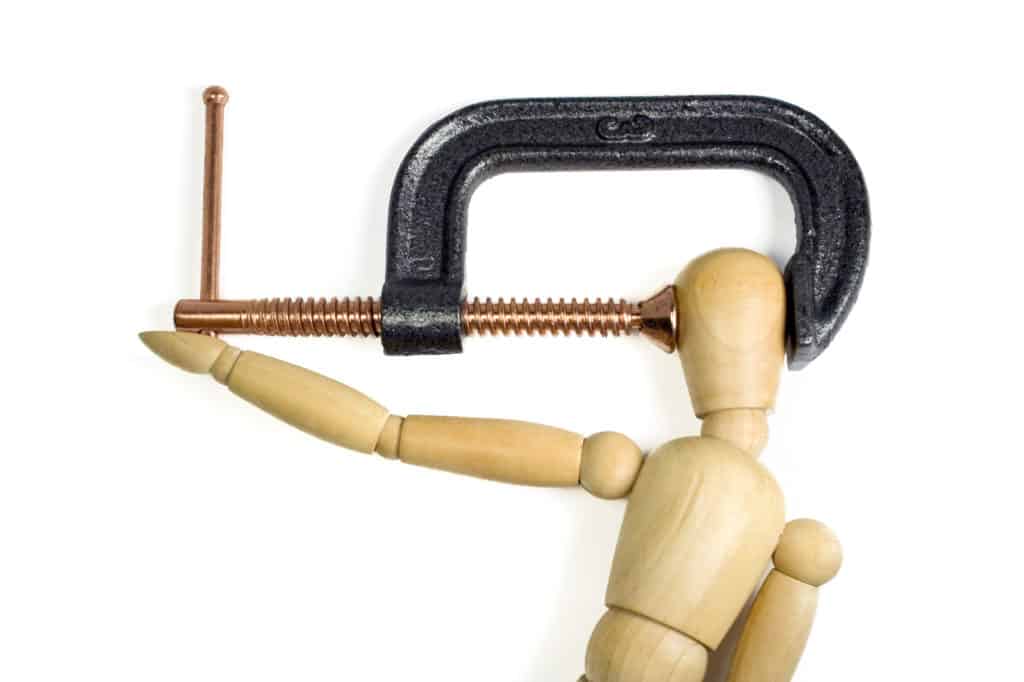 Are you concerned about how Myofascial Release therapy might go for you and whether or not there are negative side effects to myofascial release? Concerned about the side effects to myofascial release therapy?
Are you concerned about how Myofascial Release therapy might go for you and whether or not there are negative side effects to myofascial release? Concerned about the side effects to myofascial release therapy?
Don’t be.
It’s a concern we hear frequently from people who have tried many different forms of therapy with limited (and sometimes painful) results. The super-short answer is, Myofascial Release Therapy is a natural, non-invasive treatment that supports your body as it softens, opens, lengthens in the tissues, realigns, and heals.
But every body is different.
And while there aren’t any side effects from myofascial release treatment sessions, for some people, the changes Myofascial Release Therapy initiates in your body can cause responses that may be unfamiliar and sometimes a bit unpleasant for a day or two.
We call this a healing response. Myofascial release is a natural treatment, but it’s also a superbly powerful treatment that is often the catalyst to revolutionary total body healing.
Any modality that acts as a catalyst for change in the body will come with effects. That is the point, after all, of seeing us – you want to effect change.
In the case of myofascial release, the changes that come about are quite different from the nasty side effects of pain pills or steroid injections. The only effects you’re likely to feel is your body making some adjustments and returning to its natural, healthy state.
If you’ve been living in a state that is far removed from that for a long time, then it might be a slightly bumpy ride for you. But you’re unlikely to experience a healing response for more than 24-48 hours.
Let’s talk a bit about what that might look like for you.
What Does Myofascial Release Potentially Have In Store For Me?

Here are some of the most common responses we hear about from people seeing us at Release Works Myofascial Therapy Clinic:
Muscle Fiber and Myofascial Tissue Release Sensation

A mild side effect that can occur after myofascial release is slight discomfort when the myofibrils (the things that make muscles contract) “release.” Sensations differ among patients, with some describing this as electrical, tugging, burning, etc., sensations.
In contrast, others feel twitching or “heat” in their muscles. We tend to think of it as the more significant the twitch, the more muscle fibers release. But muscle twitches of any kind that you feel or notice after treatment indicate the muscle fibers releasing after long periods of chronic tension. Therefore, if you feel a twitching sensation after an MFR session, this is a positive sign indicating effective treatment.
Like twitching, feeling an electrical signal or fleeting feeling of heat in the affected area or elsewhere in the body is also positive. It signals that the treatment has had the desired effect, and the myofascial tissues are relaxing and releasing.
There may also be a sensation of “peeling” as the glued and stuck layers of the fascia are opened and freed from restrictions. Many clients will describe this sensation as a “feels so good” type of hurt.
Sensation Of Bruising As Side Effects To Myofascial Release Therapy

Although most patients don’t experience bruising after their sessions with us, some patients report feeling a “bruised sensation” at the treatment site. Areas that have been restricted for any length of time can feel sensitive to touch and tender as the tissues rehydrate and start to move again. This can sometimes feel like a bruise.
However, these sensations usually dissipate independently without treatment within a few days of the procedure, if they happen at all. It is important to let your therapist know if you have areas that are tender after treatment that do not ease within a few days.
Feeling Of Fatigue

This is perhaps the most common response we hear about. When you experience a significant amount of “tissue release” or “muscle release” for the first time, the body can have a sense of “ahh, it feels so good to let that go. . . it has been exhausting to hold onto that tension!”
In muscles that have been tense and contracted for months, if not years, it can often cause you to feel fatigued or needing to rest more than usual. This fatigue occurs as your body recalibrates and readjusts, finding a new normal. This sense of fatigue may occur in your first few sessions or may come and go as you make improvement. We tend to not be surprised by a body that feels fatigued after years of working too hard.
Typically, we recommend that patients rest when they need to. It is best to not drive or operate machinery until you are familiar with how your body responds and confident in your abilities. More than once, clients have taken time to sit in our reception area or out in the parking lot for a period of time, allowing change to settle more fully in their body before moving on with their day.
Some will even take a short, or a long, nap. The critical thing to remember is that fatigue is a good sign that your body has begun healing. Be gentle with yourself and give yourself the time and space you need as you feel change.
Migration Of Pain

Occasionally, as you experience relief from the original pain site, you might find that pain “migrates” to other parts of the body. Here’s the thing. It isn’t really migrating. It can just feel that way.
Fascial tissue that is thickened, glued, restricted, and tight has many points of attachment in the body. Softening and easing tension in one area often leads to a sensation of tightness or pain in another. It is all connected. That isn’t just a thing we say.
Areas that start to feel tightness or soreness when we are working somewhere else in the body give us a map of what may need treated next. That changing and shifting sensation of pain and tension is one indicator of the positive impacts of your sessions as the stuck and glued fascia at the treatment spot releases and the next area of tension is uncovered.
It can also feel as if we are uncovering new spots of pain as you become aware of areas that haven’t seemed to be troubled before.
We often only have the bandwidth to notice the thing that is “yelling the loudest” in our body. As that eases, especially in places that have been intensely painful, you may notice things you have never noticed before. One of the things people tend to wonder about, when they feel “new” tensions and pains pop up, is if this is making things worse.
We aren’t.
It isn’t.
Once there is pain relief at the dominant site, the existing pain in the other contracted muscles and fascial tissues become evident, resulting in a feeling that the pain has “migrated”. For this we recommend follow up sessions to continue resolving layers of troubled and restricted tissue in the body.
In other cases, new pain might arise because of the realignment in skeletal and muscular structures. In short, your body may not know how to move and work well in a more aligned way.
This can cause discomfort, sometimes even sensations of troubled movement or pain, as your body learns to work in a different way. Areas that have been under stress for a long time and functioning in a way they shouldn’t, can hurt.
Areas that haven’t functioned as they should can also feel sore and painful as they begin to do the job they are intended to do. Typically, most people find that their bodies readjust with the difficulties going away soon.
In less common cases, patients can experience a flare-up or worsening pain after their session. It usually only lasts for a day. If you experience worsening pain for more than a day, and nothing else has changed in what you are doing (i.e. you skipped self treatment or hiked a mountain or had increased stress in your environment), get in touch with your therapist.
They will ask some questions about what you did after your session and what has changed. This is a less common healing response, but is completely normal, and your therapist is here to help you through.
Dizziness/ Loss Of Consciousness

We don’t want to scare you here. One of things you will hear us say over and over is that it is essential to trust your body and your sense of what you need. Dizziness or loss of consciousness may be something you need to discuss with your doctor.
We are not medical professionals and cannot tell you whether or not that is something you need to do. That being said, dizziness can be a part of the healing response, especially as we affect change in the central nervous system of the body. Working with the sacrum, spinal column (spine), neck, and head influences the cranio-sacral pressures and rhythms of the body.
When the cranio-sacral or nervous system of the body has been twisted or restricted by thick fascial tissue, it often does not function optimally. Easing excess and undue pressure and tension on this system can cause a necessary readjustment of the internal pressures. This readjustment can present as dizziness or fainting. It is not common, but it is not a surprise to us if it happens.
Nausea

Nausea is another response we don’t want to scare you about. It can be very helpful to know, though, that if you start to experience a sense of “sick” or “upset stomach” during a session or afterward, it is normal.
If this happen, please mention it to your therapist and they can help guide you through this experience.
Headaches/Migraines

As with all the other things mentioned here, this is also an indication that change is happening in the body. Myofascial release will never injure as we never force through anything.
That should not be confused, though, with myofascial release leading to deep changes in the tissues and organization of the body.
Sometimes this can lead to a headache. As with dizziness and nausea, it is important to trust your own internal sense of when something is part of the changes occurring as a result of your sessions and when something needs medical attention. Mention any concerns to your therapist, especially if things don’t ease within a day or two.
Who Is Myofascial Release For?

Western Medicine is great in an emergency. When it is a life-or-death situation, we’d be lost without healthcare and emergency services. But when it comes to optimal wellness, preventing the progression of disease processes, and finding the answers to complex problems and chronic conditions, Western Medicine falls short.
For example, pain meds prescribed by your doctor can numb the pain and allow you to grit your teeth and get on with your life. Still, they come with negative, long-term health consequences and often many unpleasant side effects.
Myofascial Release Therapy is an excellent modality for regaining and then maintaining a body that is flexible, supple, and able to move well for years to come. It is an excellent alternative for many to the options available through Western Medicine.
It’s particularly helpful if you suffer from chronic pain, fibromyalgia, chronic fatigue, or myofascial pain syndrome – especially in cases where nothing else has helped.
It eases long-term pain, reduces unwanted stiffness, and releases tension in chronically tight muscles, beneficial for EVERYBODY. You don’t have to have an official diagnosis or have been labeled with a “syndrome” to enjoy the health benefits of Myofascial Release.
But if you have any areas of nagging pain, discomfort, or stiffness that you just can’t get rid of, then you’ll experience maximum benefits – if you do what we say, you will walk out feeling better than you have in years.
And the best thing about it? You can toss your pain pills.
Here are a few of the conditions we treat with Myofascial Release Therapy:
- Headaches/Migraines
- Back Pain
- Knee Pain
- Shoulder Pain
- Tinnitus
- Pelvic Pain
- Anxiety/Depression/Chronic Stress
But as well as relief from your chronic pain, you’ll also enjoy better mobility and strength. In addition, you’ll sleep better and feel more relaxed. Most of our patients also tell us they feel “ten years younger” and “ready to take on the world.”
Still not sure whether Myofascial Release Therapy is right for you? Why not book a free consultation with one of our MFR Therapists to talk through your concerns without any financial investment on your part?
You’ve got nothing to lose – except your chronic pain. We offer these complimentary consultations over the telephone or in-person at our Salt Lake City clinic. Book yours now!

